Thanks for any help you can provide.
I am using the networkd3 package in R to plot a forceNetwork plot of a nodelist and links (edgelist).
I have an edgelist / link list:
> edgelist
round_prob NODEAid NODEBid
33979 0.6245 6990 6588
4899 0.9797 1042 1041
37109 0.6046 7498 7531
27771 0.7144 5906 16029
3603 0.6452 783 804
28491 0.6078 6034 5862
4518 0.6245 962 9874
19613 0.6745 4121 10285
19916 0.8721 4179 4180
8249 0.6821 1737 1733
35389 0.7150 7145 16992
32010 0.6495 6728 16921
22553 0.6959 4722 4549
14996 0.6031 3273 12929
35927 0.6245 7221 9814
15349 0.6245 3337 3233
34833 0.6109 7085 6852
39044 0.6117 7936 7977
39075 0.6844 7944 10978
11691 0.6821 2572 2587
This is a sample of a much larger edgelist, where I have selected only those links with link probability >0.6 and <1. The full edgelist was zero-indexed before the sample was taken.
I also have a nodelist, that is 18000 rows long. A sample of it is this:
> head(nodes)
node id gr
0 1097 0 1
1 1149 1 1
2 1150 2 1
3 3395 3 1
4 3396 4 1
5 3523 5 1
I try to plot using forceNetwork:
forceNetwork(Links = edgelist, Nodes = nodes, Source = "NODEAid",
Target = "NODEBid", Value = "round_prob", NodeID = "node",
Group = "gr", opacity = 0.9)
This gives this plot, before zooming in:
Problem: I only have 20 pairs of nodes, yet my plot has thousands more (I cannot return the number).
By hovering over the unconnected points, I have been able to identify that they are made up of all possible nodes that feature in the nodelist.
Basically I think that forceNetwork is plotting every possible node, even those not in the edgelist.
Why is this happening and how can I stop it from doing so?
As per this question Going crazy with forceNetwork in R: no edges displayed I made sure that all my data was in numeric format and zero indexed. I still get this error.
Note: If I run the forceNetwork example in this question How to plot a directed Graph in R with networkD3? and from this tutorial https://christophergandrud.github.io/networkD3/ the output is as expected.
